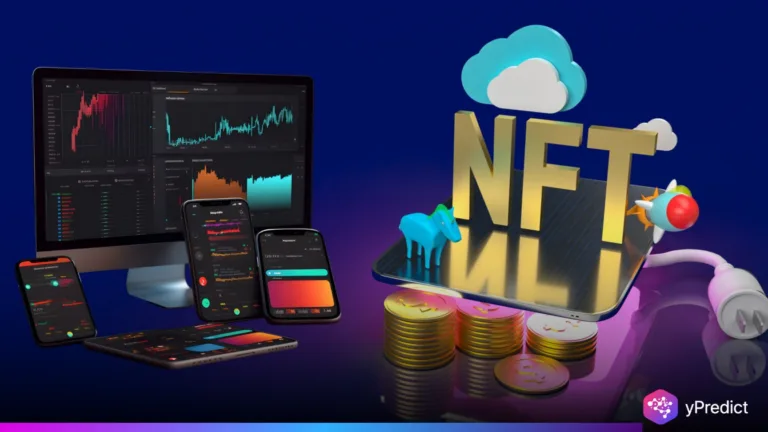
A mysterious crypto whale wallet triggered a wave of AI-generated alerts on July 28, 2025, after executing two massive transactions. The wallet, freshly created and with no prior history, purchased 1,927.45 ETH worth $7.5 million and 4,010 BNB valued at $3.4 million directly from Binance. This high-volume activity immediately activated multiple AI surveillance systems used by institutional trading desks. The synchronized ETH purchase and BNB transaction suggest more than casual trading—it points to a calculated move that AI models now analyze for trend direction, volatility potential, and market influence.
AI Systems Flag Whale Wallet as Anomalous Behavior
The wallet’s sudden appearance and volume triggered AI-based anomaly detection systems across several crypto analytics platforms. These systems, trained to detect irregular patterns, flagged the transaction as high-risk and outside standard behavioral clusters. AI engines such as those used by institutional desks evaluated the wallet’s structure, age, and movement history, none of which matched typical retail behavior. As a result, algorithms classified the transaction as potential whale activity, possibly institutional. AI systems also reweighted market volatility indexes in real-time to account for the unanticipated surge in volume. The wallet’s timing added pressure to automated strategies, which now readjust their short-term models in response.
ETH Purchase Alters AI Sentiment and Momentum Models
The $7.5 million ETH purchase influenced AI sentiment tracking tools that rely on transaction volume and timing. These models flagged the event as a momentum driver, pushing ETH’s near-term sentiment into bullish territory. AI risk models recalibrated to reflect the wallet’s scale and sudden interest, especially as Ethereum has seen renewed attention from whales in the last month. Trading bots that rely on historical clustering adjusted predictions upward, and trend-following AIs increased buy pressure signals. Since AI systems assign predictive weight to whale-driven ETH accumulation, the purchase raised the likelihood of price volatility over the next 48 hours.
BNB Transaction Reinforces AI Signals from Token Burns
The wallet’s BNB transaction had an equally strong impact on AI interpretation, especially given the current burn mechanism reducing BNB’s supply. The $3.4 million buy landed in a period when token scarcity has become a major factor in BNB pricing models. AI tools integrating supply metrics with historical burn cycles updated their forecasts, treating the purchase as reinforcement of a bullish trend. Several platforms observed a 15–20% sentiment jump among algorithmic sentiment clusters after the transaction. Since BNB’s deflationary design is central to these models, the transaction appeared to validate long-term bullish projections based on continued token burns.
AI Detection Tools Link Whale Wallet to Strategic or Institutional Intent
AI classification tools assessed the wallet structure and tagged it as high probability institutional. This assessment drew on metadata patterns from 2024 and early 2025, when over 60% of large wallet movements were linked to newly created or anonymous addresses. Deep clustering models found correlation between this wallet and previous institutional accumulations that preceded market rallies. AI engines designed to spot coordinated or strategic positioning viewed the wallet’s synchronized ETH purchase and BNB transaction as intentional—not random. This aligns with recent AI-generated reports showing that similar wallet behaviors often precede short-term price spikes and long-term accumulation phases.
The AI response to this whale wallet was immediate and coordinated. It wasn’t just the size of the ETH purchase or the scale of the BNB transaction—it was the wallet’s profile and timing that sent AI systems into overdrive. Algorithms interpreted the trades as signals of growing institutional interest, especially with Ethereum’s renewed momentum and BNB’s ongoing token burns. Trading models readjusted, bots shifted sentiment scores, and risk engines raised volatility probabilities.






